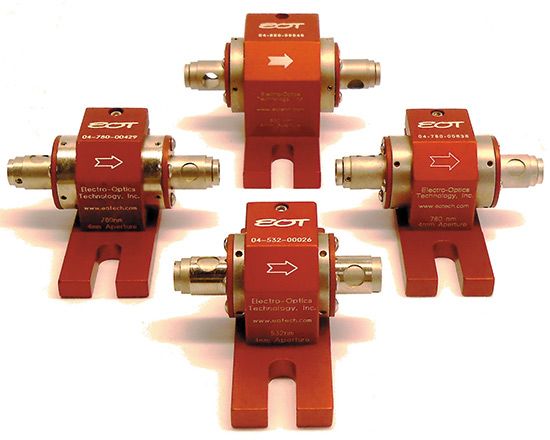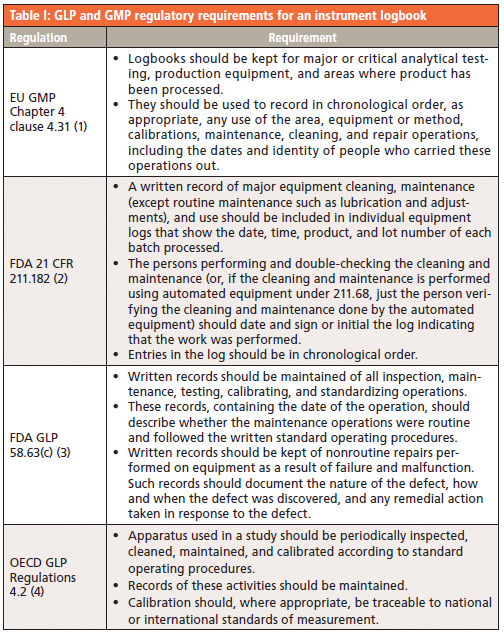Electro-Optics Technology, Inc.
Company Description
Electro-Optics Technology, Inc. has been supplying enabling components and diagnostic equipment worldwide for manufacturers and users of high power laser systems since 1987. Current products include: Faraday rotators, optical isolators, and fiber collimators for use with laser diodes, fiber lasers, and solid-state lasers. EOT also stocks a complete line of high speed photodetectors used to monitor the output of pulsed, mode-locked, and externally modulated CW lasers.

Chief Spectroscopic Techniques Supported
- Raman spectroscopy
- Sequencing
- Imaging
Markets Served
- Life sciences
- Biotechnology
- Medical
- Materials Science
- Research & Development
Major Products/Services
- Faraday Rotators
- Optical Isolators
- Photodetectors
Facility
EOT recently moved to a brand new, 40,000 sq. ft. manufacturing facility located in Traverse City, Michigan, which includes a 15,000 sq. ft. state-of-the-art cleanroom and on-site machine shop.
Electro-Optics Technology, Inc.
3340 Parkland Ct.
Traverse City, MI 49686
TELEPHONE
(231) 935-4044
E-MAILsales@eotech.com
WEB SITEwww.eotech.com
NUMBER OF EMPLOYEES
85
YEAR FOUNDED
1987

Best of the Week: Recognizing Albert A. Michelson, Studying Star Clusters, Elemental Analysis
May 16th 2025Top articles published this week include a new Icons of Spectroscopy column, a news story about the use of Fourier transform infrared (FT-IR) spectroscopy in gemology, and a Q&A interview about elemental analysis in pharmaceutical analysis.

.png&w=3840&q=75)

.png&w=3840&q=75)



.png&w=3840&q=75)



.png&w=3840&q=75)





















